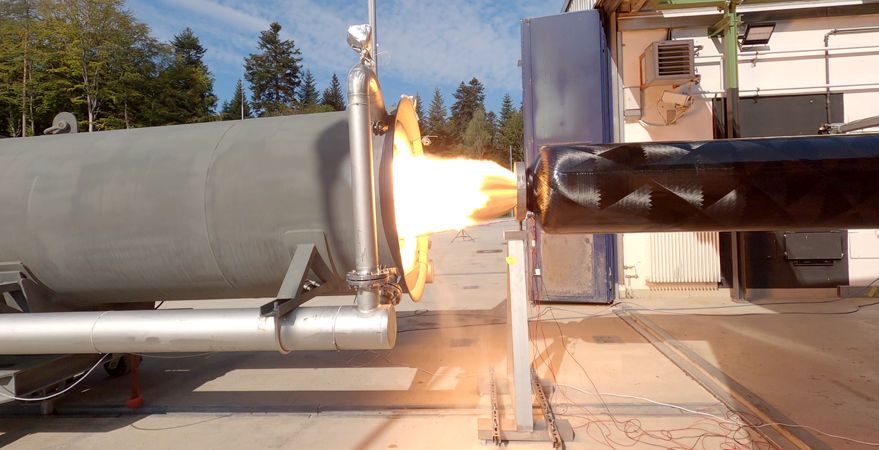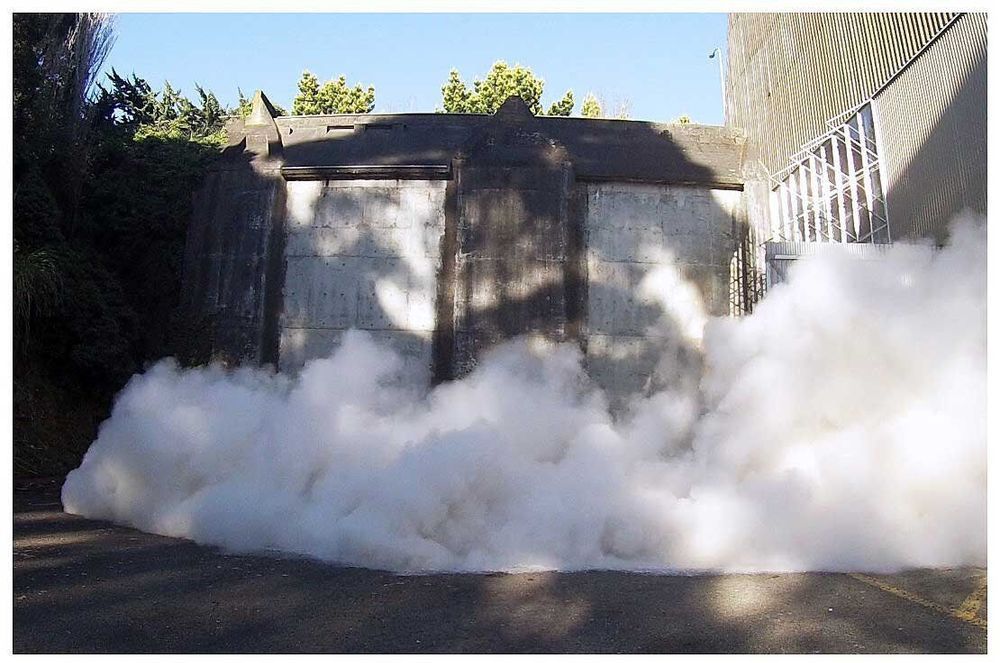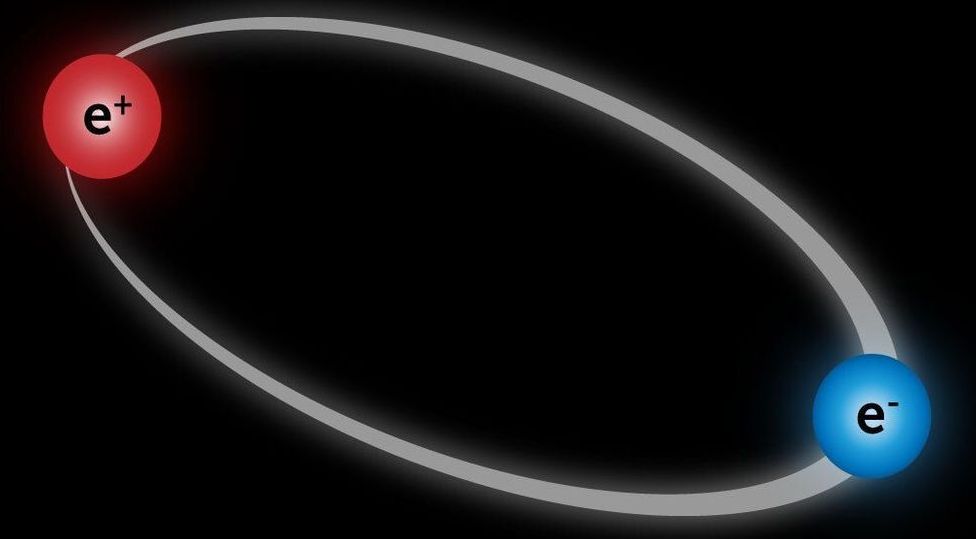In order to slow aging, it’s important to know how circulating biomarkers change during aging, and how these biomarkers are associated with risk of death for all causes. In this video, I discuss blood test data for the oldest old, including centenarians (100 — 104y), semi-centenarians (105 — 109y), and super-centenarians (110y+).
Get the latest international news and world events from around the world.

HyImpulse hybrid rocket motor roars to life for the first time
HyImpulse completed the first hot-fire test of the company’s 16,800-pounds-force hybrid rocket motor on Sept. 15. Credit: HyImpulse.
VALLETTA, Malta — Launch startup HyImpulse successfully tested its 16,800-pounds-force hybrid rocket motor this month at German space agency DLR’s Lampoldshausen facility.
Headquartered in Neuenstadt am Kocher, Germany, HyImpulse is developing its three-stage SL1 launch vehicle designed to carry payloads of up to 500 kilogram to Sun-synchronous orbit. The light-lift launch vehicle will be powered by twelve 16,800-pounds-force hybrid rocket motors — eight on its first stage, and four on its second stage — plus four smaller but otherwise identical engines powering its third stage.
The HyImpulse-developed hybrid rocket motor is powered by a paraffin-based fuel and liquid oxygen. The motor is designed to make use of simpler hardware than a liquid-fueled system while offering greater safety than strictly solid-fueled motors.

Researcher investigates the most lethal volcanic phenomena on earth
Like many who grew up in East Germany, Dr. Gert Lube always yearned to travel and explore different places. Ten years after the fall of the Berlin Wall, when he was a first-year geology student at the University of Greifswald, he heard about a field trip to Iceland and seized the opportunity.
Notwithstanding that the trip was only open to second- and third-year students, Dr. Lube managed to talk his way into tagging along. It was a journey that would change the course of his life forever and spark his interest in volcanology.
I was brought up in a country with closed borders and so I grabbed every opportunity that came my way to go abroad and see landscapes that I hadn’t seen before. I saw my first volcano on this field trip, and I was quite astounded by how different a volcanic landscape was to anything I had experienced up until then.

Humans live much longer than chimps due to a slower epigenetic ‘clock’
Lil bits of info on DNA methylation, clocks.
Breakthrough advances in medicine and better nutrition have dramatically improved the longevity of the average human over the past two centuries. But that’s not to say that some couldn’t go on to live a long life even before the advent of modern medicine. As long as they were spared by disease, wars, and other risks that can bring an untimely death, humans could live to see their 70s, 80s, and even reach 100 years old as far back as ancient Rome.
The longevity of humans is somewhat exceptional among primates. Chimpanzees, our closest living relatives, rarely make it past age 50, despite them sharing over 99% of our DNA. In a new study, researchers think they’ve found our secret: chemical changes along our genome that occurred around 7–8 million years ago when our ancestors branched away from the lineage of chimps.
Slower ticker
There are tens of thousands of genes in the human genome, but that doesn’t mean all of them are active. For instance, through the methylation of DNA across certain sites of the genetic sequence, genes are locked in the “off” position. These modifications, known as epigenetic changes (‘epi’ means ‘above’ in Greek), do not alter the DNA sequence itself but, rather, simply regulate the activity of genes.

Kitty see, kitty do: cat imitates human, in first scientific demonstration of behavior
In 16 subsequent trials, Ebisu accurately copied her owner more than 81% of the time, the team reports this month in (see video, above). The fact that the cat used her paw and face to touch the box when her owner used her hand and face, respectively, indicates she was able to “map” her owner’s body parts onto her own anatomy, the team says.
Fugazza says only dolphins, parrots, apes, and killer whales have so far been shown to imitate people. Cats having the same ability, she says, suggests it may be widespread in the animal kingdom, evolving early in animal evolution. And even though the study was conducted on a single cat, Fugazza thinks it’s likely that most cats can imitate people. “I don’t think Ebisu was a genius.”
But Claudio Tennie, an ethologist at the University of Tübingen who has studied cognition in dogs and primates, is not impressed. He says it’s impossible to tell from the study whether cats have an innate ability to imitate humans, or whether the intensive “Do as I do” training gave them the skill. “We can train bears to ride motorcycles,” he says. “That doesn’t mean bears ride motorcycles.”


